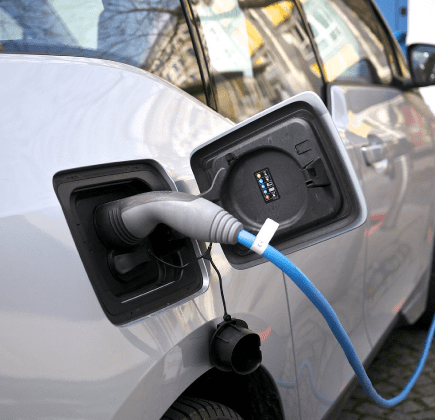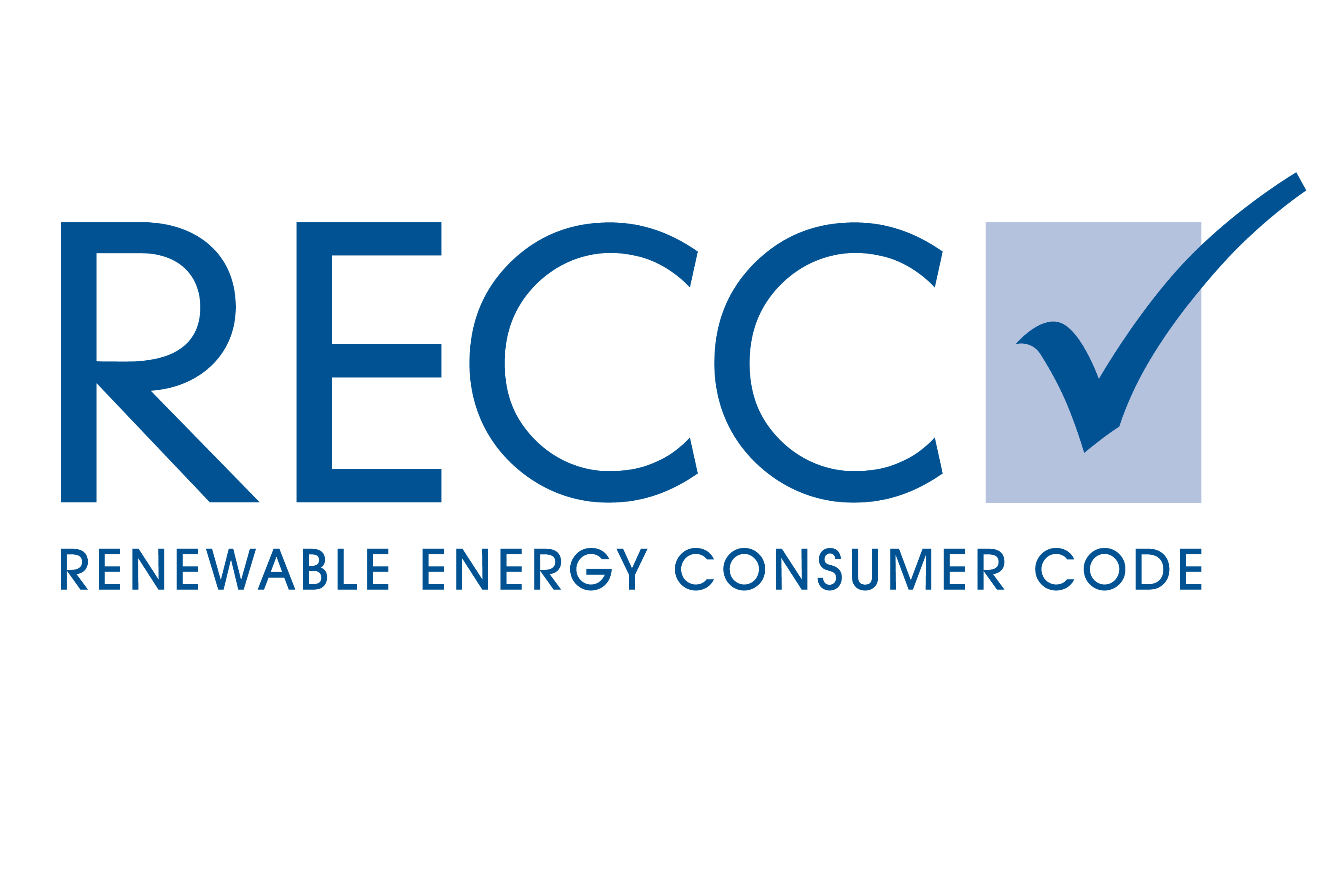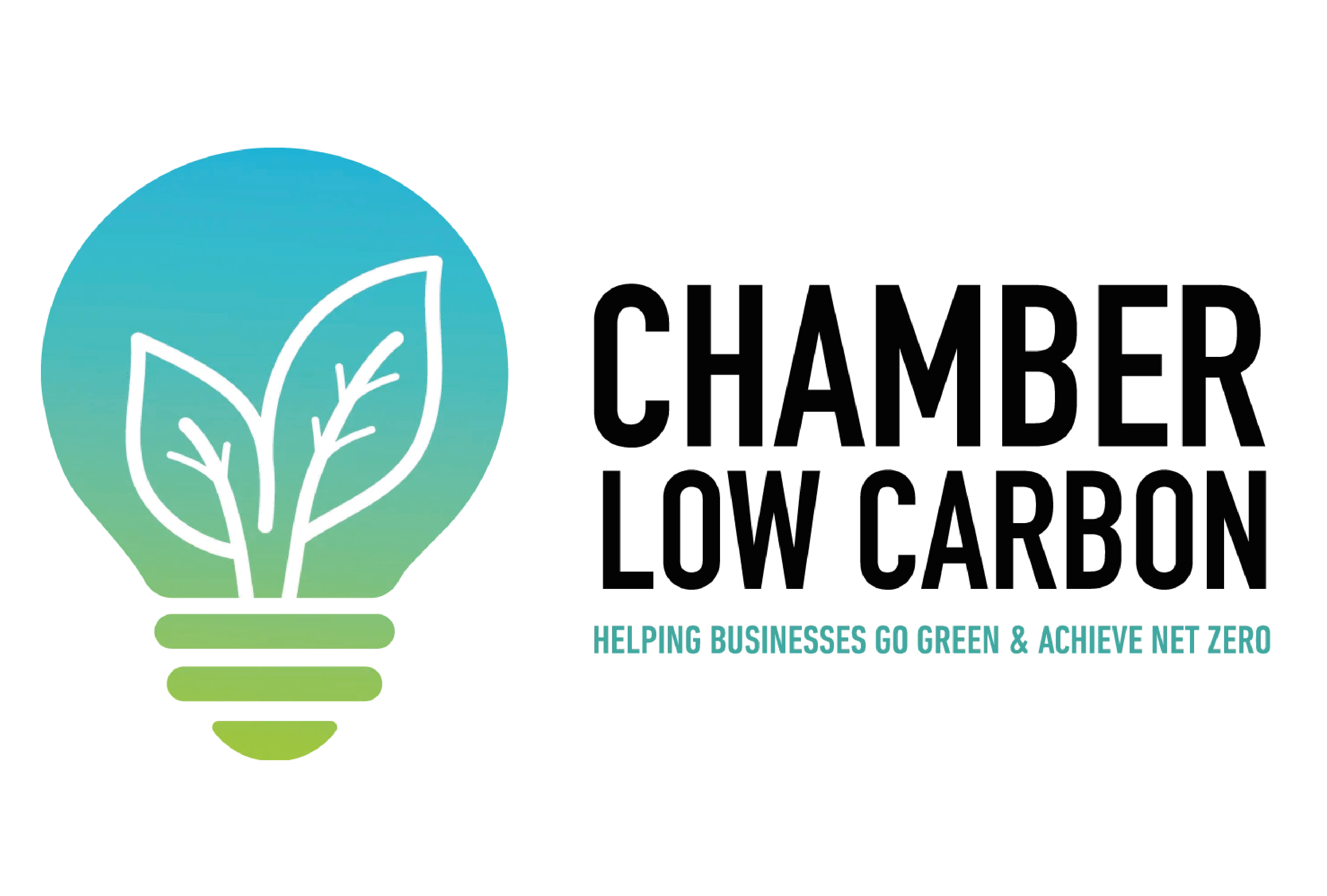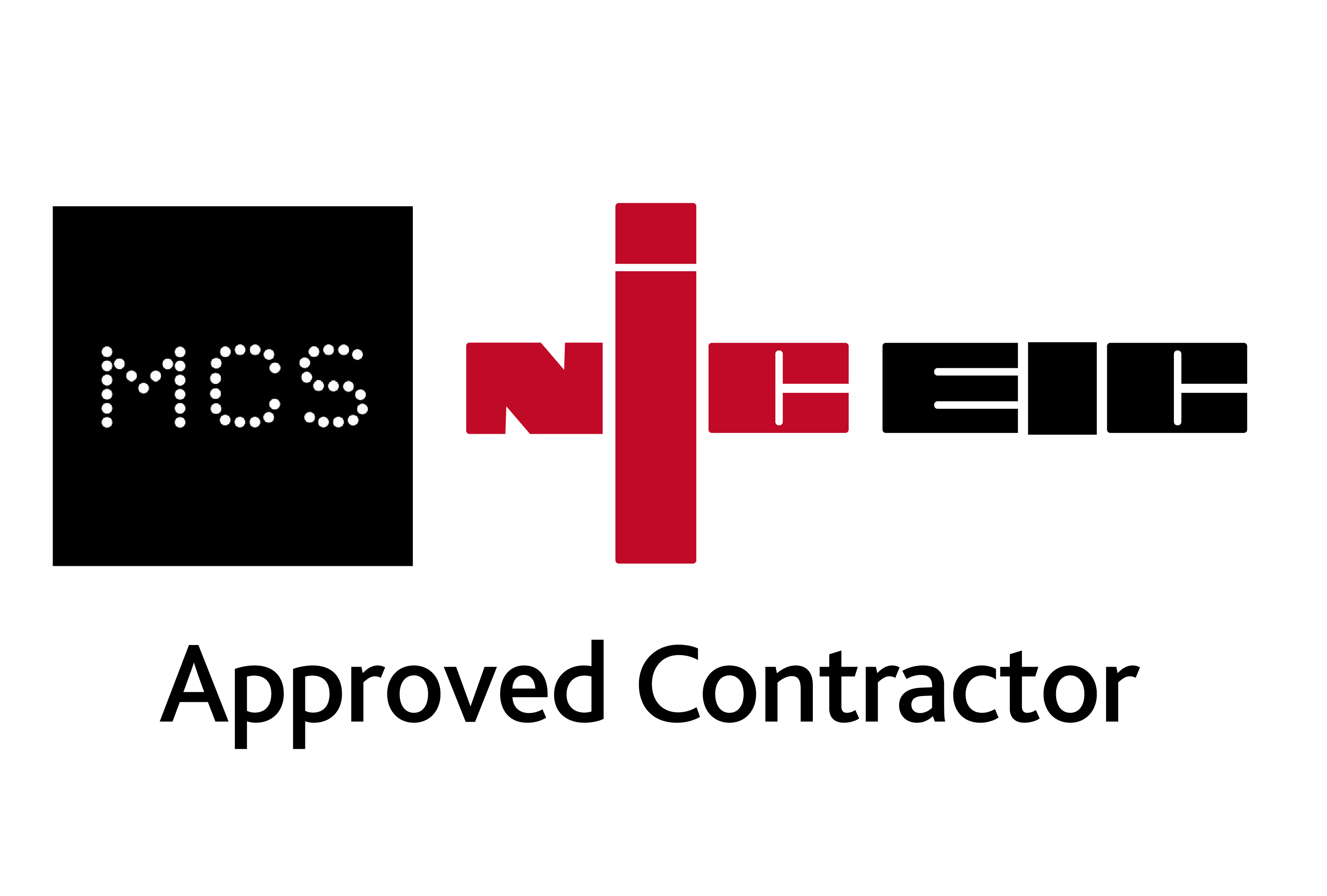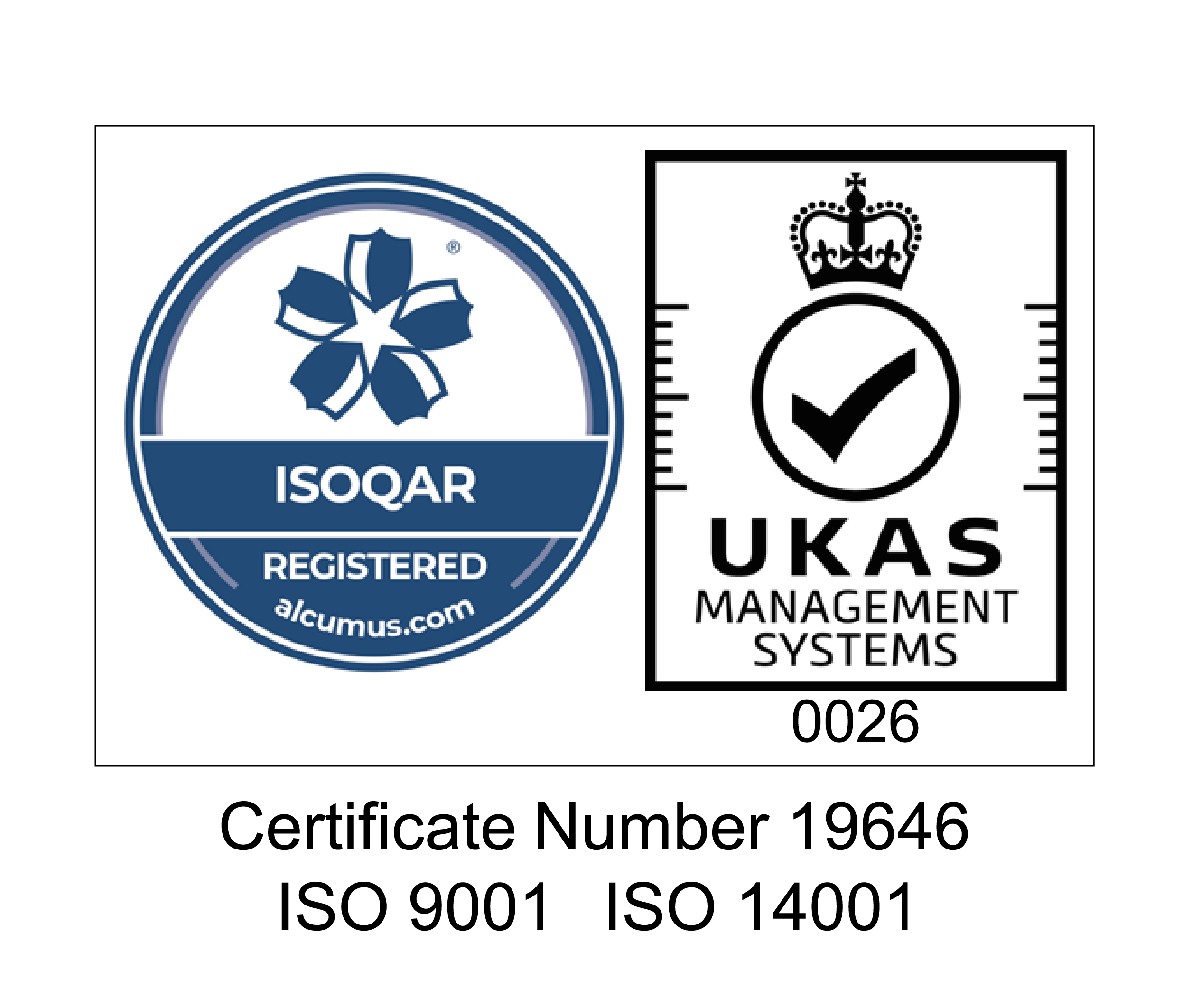
Carbon neutral vs Net Zero Explained
The chatter around carbon neutral vs net zero can be confusing, but the distinction between the two matters greatly for strategy, reporting and procurement. In short, carbon neutral balances this year’s CO₂ emissions with real reductions and credible carbon credits. Net zero means you deeply reduce all greenhouse gas emissions across your operations and supply chains, then neutralise only a small, residual amount with verified removals.
In this comprehensive guide, we’ll explain the definitions, how the targets compare and the practical steps to plan, fund and deliver measurable reductions.
Contents:
- What’s the difference between carbon neutral and net zero?
- Carbon neutral: what it means for businesses
- Net zero: what it means for businesses
- How the two types of commitments compare
- Why carbon neutral and net zero are important
- The path to carbon neutrality and net zero
- Speak to the experts
What is the difference between carbon neutral and net zero?
What is carbon neutral (carbon neutral meaning)
Carbon neutral means the carbon dioxide (CO₂) you emit over a set period is balanced by funding an equivalent amount of CO₂ removal or avoidance, typically through verified carbon credits. Most organisations will first measure their annual CO₂ footprint (usually Scopes 1 and 2, then material Scope 3 sources), reduce emissions through efficiency and cleaner energy and then offset the remainder to reach a net balance of zero CO₂ for that year.
It’s typically limited to CO₂ and can be applied to operations, a product, an event or a specific site as a near-term milestone while longer-term reductions are delivered.
The aim is to balance emissions today while you continue to prioritise practical reductions year on year.
What is net zero (net zero meaning)
Net zero is achieved across all greenhouse gases, not just CO₂, after making deep, absolute reductions across your entire value chain i.e. Scopes 1, 2 and 3. Only a small residual (the portion that is genuinely hard to eliminate with current technology) should be neutralised using long-term removals that permanently remove carbon dioxide from the atmosphere.
In practice, net zero means you should prioritise reduction first, then address the final few percent with durable removals. It’s a whole-business commitment that extends beyond direct energy use to suppliers, logistics and product lifecycles.
Find out more at the National Grid blog.
How do carbon neutral and net zero commitments compare
Scope and gases
Carbon neutral generally focuses on CO₂ and may apply to a narrower set of sources, for example, office energy or a product line. Net zero covers all greenhouse gases across Scopes 1, 2 and 3, including purchased goods, transport and use-phase impacts where material.
Reduction vs credits
Carbon neutral allows a larger role for offsets today to balance current CO₂, whereas Net zero demands deep reductions first, with only a small residual neutralised by removals.
This keeps the focus on abatement – efficiency, electrification and renewables – rather than relying on credits.
Targets and timelines
Carbon neutral targets are usually near-term milestones, e.g. carbon-neutral operations this year. Net zero targets, on the other hand, align to long-term decarbonisation, e.g. meaningful progress by 2030 and a 2050 outcome, supported by credible plans and annual reporting processes.
Carbon neutrality can be useful for specific operations or products; however, a net-zero commitment usually covers the whole value chain and requires deeper transformation across teams and sites, and for many organisations, this sequencing keeps changes manageable and cost-effective.
Just getting started? Read 5 surprisingly simple steps to help your business achieve net zero and download our Net Zero Checklist to help structure your action points and track progress.
Why are carbon neutral and net zero important?
Policy, risk and market expectations
The UK is moving towards a net zero economy, as outlined in the government’s Net Zero Strategy, which is already shaping disclosure rules, procurement criteria and investor expectations. Taking early action reduces compliance risk, increases your credibility with customers setting their own targets and helps you avoids a scramble as reporting and supply-chain requirements tighten. Failing to keep up with the changes can lead to lost tenders, higher costs and exposure to policy or reporting penalties as standards evolve, especially where contracts reference net-zero-aligned suppliers.
Commercial benefits for your business
A focused plan is simply good business. Cutting energy waste and generating clean power on site by installing solar panels for example, helps stabilise costs and reduces your exposure to volatile fossil-fuel prices.
There are also many straightforward ways to fund projects without hefty upfront costs, from finance options to relevant grants – visit our Funding page for more information and to find the option that suits your business.
The path to carbon neutrality and net zero
1) Measure your baseline
Build a reliable picture of Scopes 1, 2 and 3 emissions across your operations and supply chains – this underpins targets and ongoing reporting.
2) Set the right targets
For carbon neutral, define your annual CO₂ reduction plan and budget for carbon credits to balance what remains. For net zero, set science-led near-term targets and a long-term plan to achieve net zero carbon emissions, neutralising only the residual with removals.
3) Reduce first
Prioritise audits, metering and controls; improve insulation and processes; electrify heat and transport where viable; and deploy onsite solar PV, considering battery storage where it adds resilience.
4) Engage your supply chain
Work with your suppliers and logistics partners to cut Scope 3 emissions and embed science-based target requirements for key suppliers.
5) Neutralise the remainder
For carbon neutral, use high-quality carbon credits to balance remaining CO₂. For net zero, use durable removals that permanently remove carbon dioxide from the atmosphere to address the small, unavoidable residual once deep reductions are achieved.
6) Data and disclosure
Build dashboards, publish your progress annually and keep assurance and audit trails. Need more guidance? Use our Net Zero Checklist to help structure your programme.
Speak to the experts
If you’re comparing carbon neutral vs net zero for your organisation, need help setting credible targets and prioritising reductions or interested in deploying solar to cut costs and emissions, speak to our expert team on 01282 421 489 or contact us online.
 Energy Technology
Energy Technology

Powering your present. Preserving your future.
Call us on 01282 421 489

strategy be a priority?



